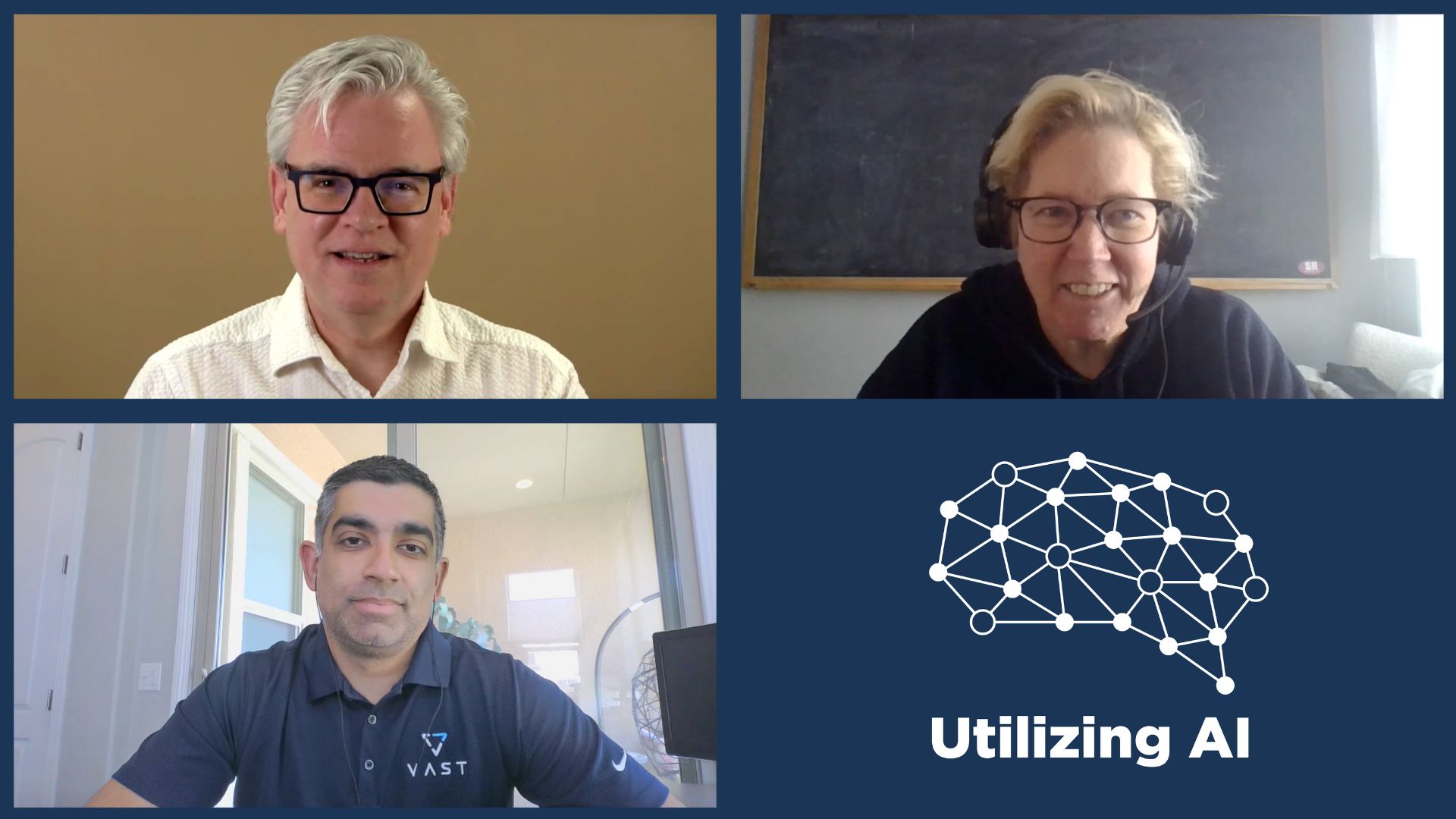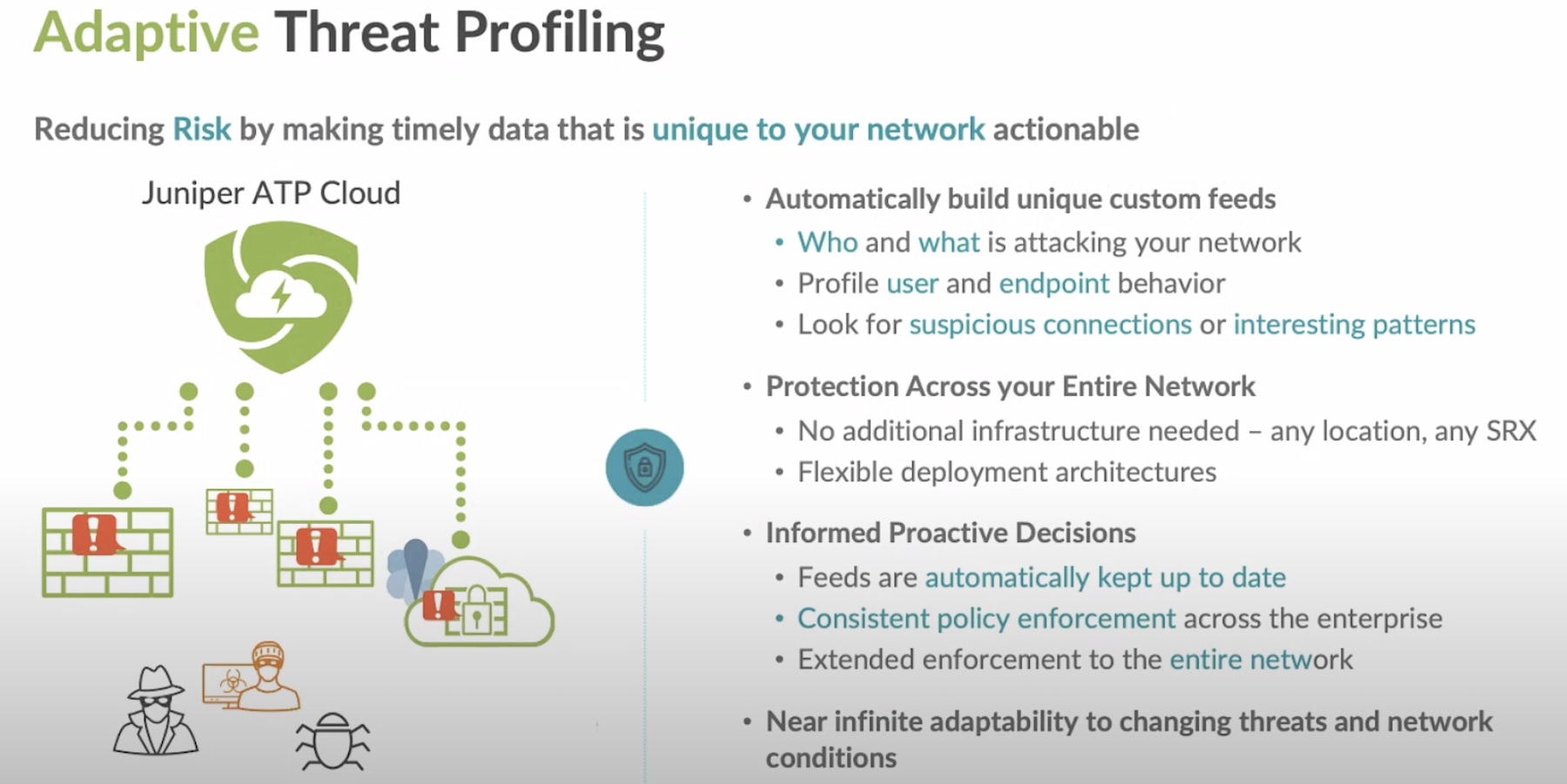Secondary storage sounds safe enough, but James Green brings to light the salient problem of dark data.
Just so it’s understood, let’s define secondary storage as anything that isn’t considered mission critical for your business on a day to day level. Most of this would include backups, but it also could include archival data, test/dev, and the growing morass of machine generated data.
In a traditional setup, most of this data is left siloed and largely undealt with. Yes you know it’s being stored somewhere for later access, but it’s not exactly a top priority. This data is often left in storage without context or metadata. This is how it becomes “dark”, it’s quite simply hard to quantify what you have and where it is.
Where does this become an issue? Well, when it comes to medical records or credit card information that’s gone dark, James rightly points out this goes from being an inconvenience to an imminent threat to your business and customers. Moreover, this data could potentially be leveraged by your business if it were better organized across silos, rather than be a liability.
That’s what James liked to see from Cohesity’s solution to secondary storage at Tech Field Day earlier this month. They offer a more holistic view of the category, with a variety of tools to let you easily search through the data in real time. Check out his piece for his full thoughts on their solution. Solving the problem of dark data could very well be Cohesity’s greatest product strength.
ActualTech.io comments:
If you’re responsible for IT operations in almost any business today, there’s a pretty decent chance that you’re charged with storing large amounts of valuable business data. Exactly what “large” means will depend on the organization in question, but it seems that the storage capacity…
The post The Silent Threat of Dark Data appeared first on ActualTech.io.
Read more at: The Silent Threat of Dark Data




